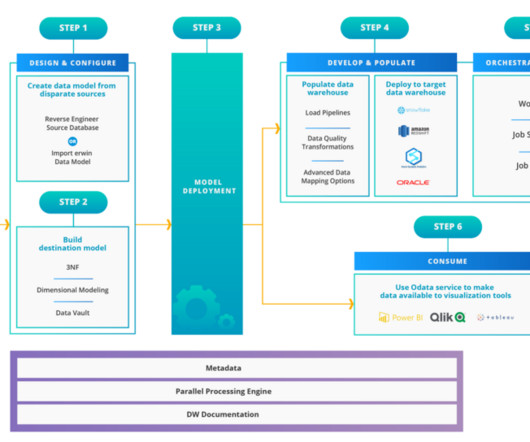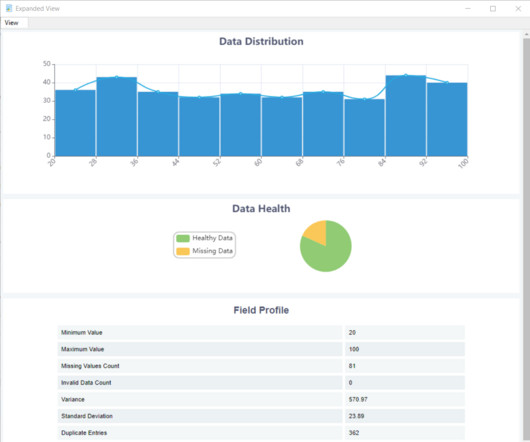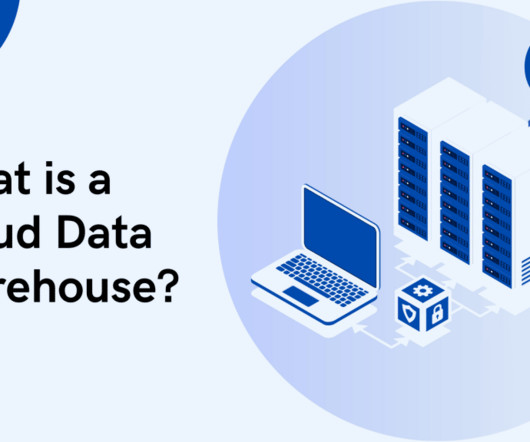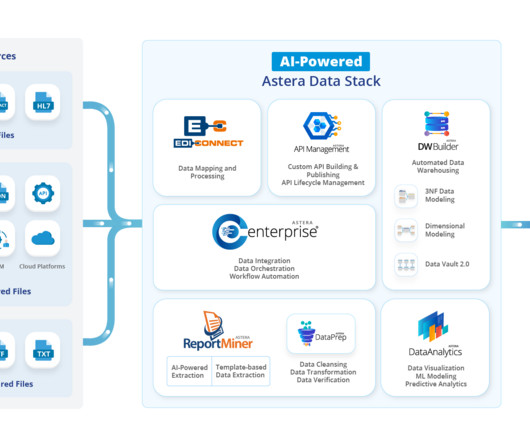Build Data Warehouse with Concentrated Teams
Astera
DECEMBER 22, 2022
Enterprises will soon be responsible for creating and managing 60% of the global data. Traditional data warehouse architectures struggle to keep up with the ever-evolving data requirements, so enterprises are adopting a more sustainable approach to data warehousing. Use flexible data schemas .












Let's personalize your content